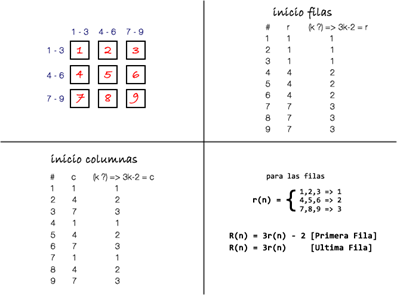Originally submitted at O'Reilly

If you don't know about the new features available in HTML5, now's the time to find out. The latest version of this markup language is going to significantly change the way you develop web applications, and this book provides your first real look at HTML5's new elements and attributes. ...
The Linkable Book of HTML5
Pros: Helpful examples, Accurate, Well-written, Easy to understand, Concise
Best Uses: Intermediate
Describe Yourself: Developer, Designer
Being sincere HTML5:U&R doesn't turn in the book I was expected. My expectation was a book that augments the set of volumes that with slightly practice examples, coupled with less enthusiastic transcriptions of the standard, make their way to the last page. My bad from tag to tag, the truth is that the subtitle could not be more accurate for a book so simple and yet useful.
I haven't read too much pages before I realized that I was reading the archive of a blog never published, sense that remains until the end of the material. Like a blog post the text used hyperlinks extensible not just in the "Further Reading" section of all chapters but instead in the whole book. At least for me this can be very annoying while I'm reading other than the digital version, but it proves to summarize the value of the book: avoid extensive research of the standard from the reader while advocate meticulous resources on the internet (W3C documents included). In the presence of and HTML book, kudos goes to the author for using this approach.
Really there is nothing hard to grasp within HTML5, which is his joy. The dare is, of course, archive the same output from different browsers, a subject that Mark Pilgrim had well covered for the reader. Each chapter starts with a short (and kind of epic) introduction followed by a well-timed table about the implementation state of the features that will be discussed. Next is the zealous discussion about how HTML5 help you to write better webs pages.
Beginning with a bit of www history and how we can be proactive against the lack of HTML5 universal support the author will visit several topics of relevance, local storage, offline access, demystify video codec's on web development and microdata excerpts among others. Summarizing this book is like the HTML5 dominical school we don't have, and surely if you read it will learn something new and start applying it quite immediately.
What I missed most? An appendix containing hyperlinks other than those included in "Further Reading" sections:
1.Web sites that remarkably uses some of the HTML5 features. There is any social network that inserts microdata on their profile pages?
2.Where I can find more "accepted" microdata.
3.Applications that build over HTML5 semantic assess other that Google's. A GreaseMonkey script maybe…
4.Developer tools that support the creation of complain HTML5 documents. Are WebIde and Dreamweaver recognizing HTML5 tags and attributes?
5.JavaScript libraries or web frameworks that already used HTML5 tags whenever is possible.
Conclusions? Basically if the reader of this note builds web pages on daily basics and has time for 190 pages he or she shall read this book and became easily inducted into the future of web development. Maybe when nobody remember IE6 and the support for is native in IEx and Google finally has taken the world, the web sites you build the next three years (applying the recommendations of this book) will be that kind of old HTML set of documents completely transparent to the future first-class semantic engines.
Hopefully when that time comes the W3C also had long time issued a mandatory rule to browser vendors, that if they intend to provide support for input tags (like date time) they should ensure make it with style or at least mimic the OS theme (and I'm not suggesting anything to Opera Software ;-).
(legalese)
